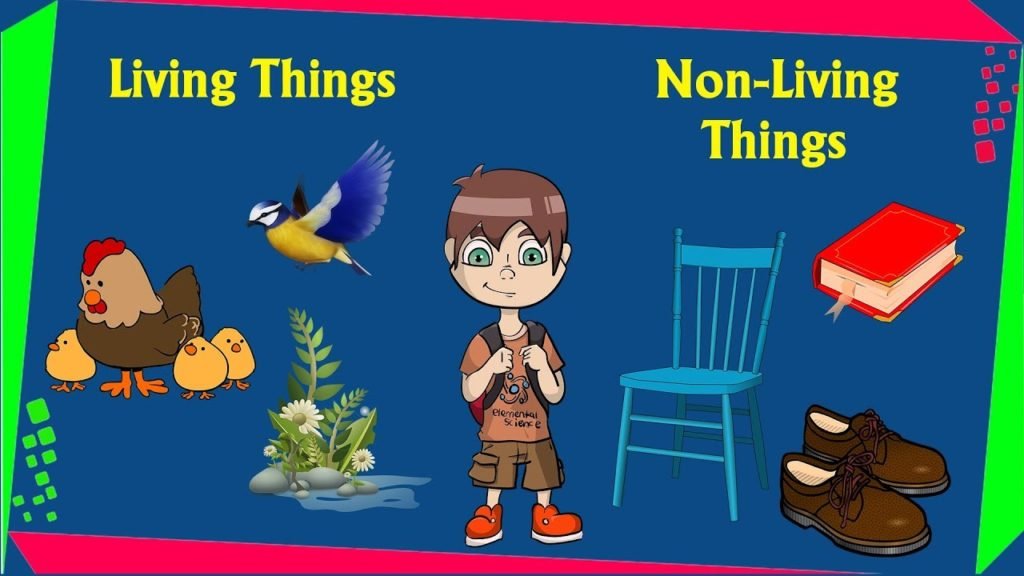Back to: BASIC SCIENCE TECHNOLOGY JSS 1
Welcome to class!
In today’s class, we will be talking more about living and non-living things. Enjoy the class!
Living and Non-Living Things II

Before talking about the importance of living thing and non-living things, the meaning of living things and non-living things have been discussed in the previous lesson.
Characteristics of living things
We have eight characteristics of living things, which I will list and explain below;
1. Movement:
This is the ability for a living thing to move, all living things move. It is obvious that a leopard moves but what about the thorn tree it sits in. Plants also move in various ways. The movement may be so slow that it is very difficult to see.
2. Respiration:
This can be defined as the ability for a living thing to breathe in and out. We call the breath taken in oxygen while the breath we breathe out carbon dioxide. Respiration is the release of energy from food substances in all living cells. Living things break down food within their cells to release energy for carrying out the following processes.
3. Nutrition:
The ability of a living thing to take in food is called nutrition. Living things take in materials from their surroundings that they use for growth or to provide energy. Nutrition is the process by which organisms obtain energy and raw materials from nutrients such as proteins, carbohydrates and fats.
4. Irritability/ sensitivity:
The ability for living things to feel is called irritability. All living things can sense and respond to stimuli around them such as light, temperature, water, gravity and chemical substances.
5. Growth:
The ability of a living thing to grow in size and height is called growth. Growth is seen in all living things. It involves using food to produce new cells. The permanent increase in cell number and size is called growth.
6. Excretion:
The ability for a human or living thing to pass out waste is called excretion. All living things excrete. As a result of the many chemical reactions occurring in cells, they have to get rid of waste products which might poison the cells.
Excretion is defined as the removal of toxic materials, the waste products of metabolism and substances in excess from the body of an organism.
7. Reproduction:
It is the ability for living things to give raise to their young ones which will look like them. All living organisms can produce offspring.
8. Death:
All living things must die.
Characteristic of a non-living thing
- Non-living things do not eat
- They do not move.
- They do not have a respiratory system.
- Non-living things do not die.
- They do not reproduce.
- They do not feel.
Importance of plant and animal
- Plants are important for the planet and all living things.
- Plants absorb carbon dioxide and release oxygen from their leaves, which humans and other animals need to breathe.
- Living things need plants to live – they eat them and live in them.
- We eat animals as meat.
- Plants help to clean water too.
- We use some animal for protection e.g. dog.
- We use the skin of some animals for important thing.
In our next class, we will be talking more about Living Things and Non-Living Things. We hope you enjoyed the class.
Should you have any further question, feel free to ask in the comment section below and trust us to respond as soon as possible.

pretty good this is amazing
WILL ALL PLANTS DIE F0R EXAPLE A PLANT GRO AND SOMEONE CONTINUES TO WATER IT AND NEVER DIES FOR YEARS
Hello David,
Our curriculum is the same with not just federal schools, but with state and private schools.
how does plants help to clean water
How does plant help to clean water